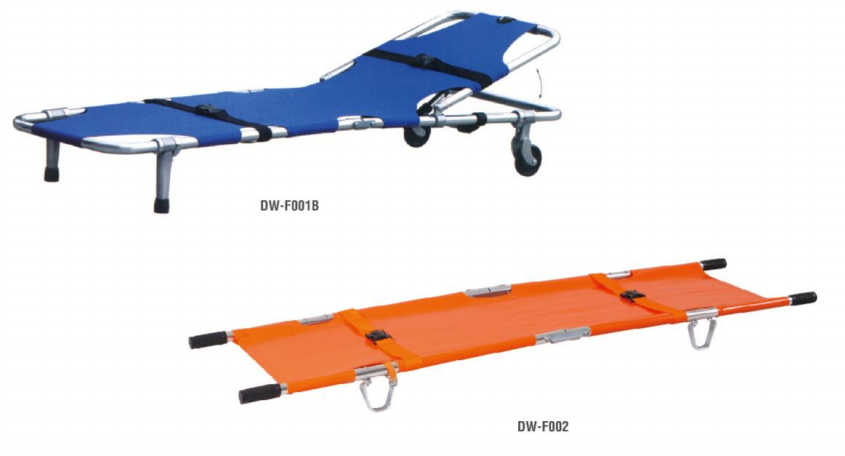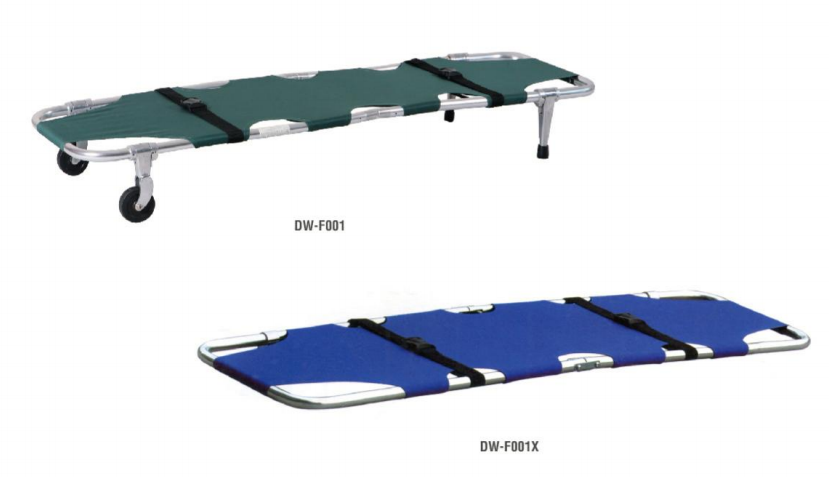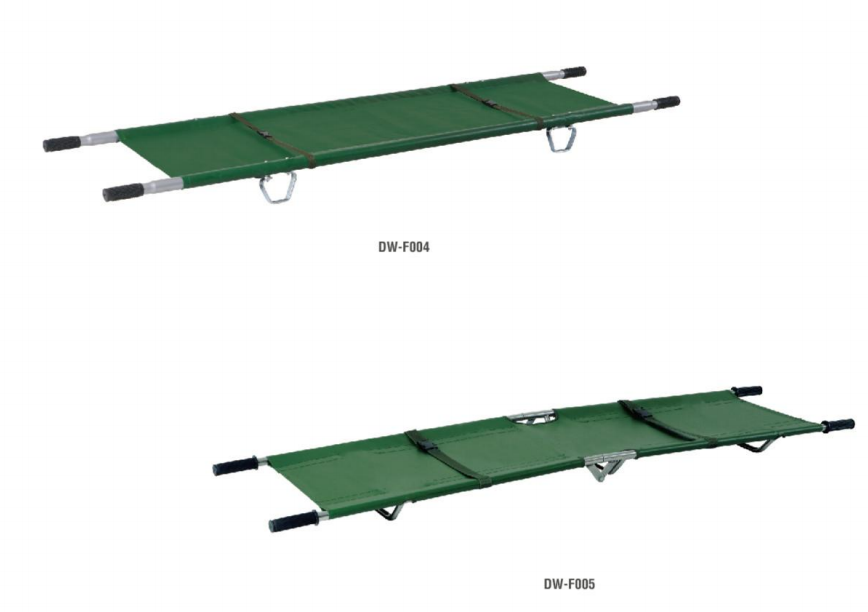Talk to most emergency crews and they will tell you-quiet upgrade, loud difference. A simple fold-out footplate may look like something slapped on in the prototype stage, yet the switch rewrites the way a patient slides from point A to point B.
Pick your frame: glossy stainless steel for folks who like bling, or a hardened polymer that could survive a flyover. Either choice bolts on with heavy-duty hinges the size of a brake pedal, locks tighter than your little brothers bedroom door, and laughs off those oily fingerprints every night staff leaves behind.
Let the footboard drop and suddenly the stretcher cradles calves like a hammock, spilling weight away from the lower spine. For a driver nursing fresh needles in a shattered back or and cranky grandma whos seen too many winters, that minor lift feels like winning the lottery.
Medics rave about the one-push magic; a flick of the wrist sets the plate or hides it, boom, just like that. Blink and you miss it, but the trick steals fractions of a second that could keep fresh stitches out of trouble, keep fragile casts happy, keep very human nerves-quiet.
Inside the surgery theater or that imaging bay moving faster than a coffee order, the added rail locks the torso right where the doc wants it. Every misplaced degree is an eternity in that world, and the footrest trims those moments to nothing. When the run is done, the board folds flat again, breathing space back into hallways that somehow sucked in the moment the gurney hit the floor.
Fold-out footrests pop into view, and right away they look like a design no-brainer. When the shelf is built well, it wipes out comfort worries, holds patients steady, and lets nurses dart around as if nothing happened. Give the gizmo a solid week on the floor, and youll begin wondering how the shift ever rolled on without it.


